Guandi Temple Ho Chi Minh City - A 300 years old sacred place
Spiritual tourist sites always bring a strange attraction to tourists who are passionate about discovering ancient cultural and architectural features. Especially the older the places, the more significant the historical and cultural values are. The most typical character is the Guandi Temple in Ho Chi Minh city with an age of more than 300 years and possesses unique Chinese architecture.
Guandi Temple - a 300-year-old ancient beauty - has long been a famous temple in Ho Chi Minh City with stunning architecture and historical mysteries. Especially, Guandi Temple is also considered an ideal spiritual tourist destination for visitors to pray for fortune and love. If you are also interested and want to learn more about the renowned Guandi Temple, please refer to the article for more information.
1. About Guandi Temple in Ho Chi Minh City
Ho Chi Minh City is a cosmopolitan city because it combines diverse cultures. In particular, the development of Chinese culture in Ho Chi Minh City over one century has led to its prominent cultural heritage, in which Guandi Temple is considered the most distinctive characteristic.
Guandi Temple (also known as Ong Pagoda, Quan De Shrine, or Nghia An Assembly Hall) is located at 676-678 Nguyen Trai Street, Ward 11, District 5, Ho Chi Minh City.
Guandi Temple in Ho Chi Minh City (Source: Collected)
Guandi Temple was originally the assembly hall of the Trieu Chau people (Chaozhou), who immigrated to Southern Vietnam. In addition, Nghia An (Yian) is a name of an area in China, where the majority of Chaozhou dwellers lived, and thus, the temple is called Nghia An Assembly Hall. However, locals often refer to the name of Ong Pagoda, meaning Quan Cong, to whom Guandi Temple is dedicated.
It is not clear the exact time the temple was built. According to the old Saigon market writing of Trinh Hoai Duc, it is probably roughly the late nineteenth century. Although it has undergone many restorations and rehabilitation in 1866, 1901, 1969, and 1983 according to the epitaph carved on the temple wall, and the last time in 2010, Guandi Temple still has preserved its original ancient magnificence typical for historical architecture.
2. Who does Guandi Temple worship?
People worship three main gods in the Guandi Temple, including Quan Cong (also known as Quan De), Thien Hau Nguyen Quan (also known as Thien Hau Thanh Mau), and Tai Bach Tinh Quan (also known as Than Tai). In particular, Quan Cong is the most commonly worshiped deity.
Quan Cong (Guandi) statue – main worship god in Guandi Temple (Source: Collected)
Quan Cong (also known as Quan De, Quan Vu) is a well-known historical figure with great grace to the Chinese, so he is respected and worshiped by the Chinese community. He lived during the "Three Warring Kingdoms" conflict under the Han Dynasty's authority in China. He was a renowned commander who possessed talent, a strong will, bravery, righteousness, and other qualities of a virtuous man.
Guandi Temple's gate features a carving of Quan Cong (Guandi) (Source: Collected)
His statue is depicted with a crimson face, and long hair, holding either a priceless sword or the harness of his horse. Quan Cong is a representation of kindness and loyalty, but sometimes for his haughtiness.
3. The outstanding architecture of Guandi Temple
Guandi Temple, one of Ho Chi Minh City's many unusual architectural creations, draws tourists with its distinctive design etched with traditional Chinese elements.
The overall design of Guandi Temple depicts the Chinese character for the letter "Country"—"Quoc"—and is organized with several rows of homes. The roofs are coated in enamel tubed tiles, and the top edges are curved. Sacred animals, including dragons and nghe (Vietnamese unicorns), and colored porcelain pieces are used as decorations in Guandi Temple.
3.1. The outside of Guandi Temple
Guandi Temple’s yard is large, nearly two thousand square meters, accounting for more than half of the campus. The rest includes the skylight area, the courtyard of the province, the incense house, the main hall, and the assembly hall along the two sides of Guandi Temple. The architecture and decoration at the temple clearly show the Chinese style through design, statues, reliefs decorated with tile roofs or inverted flowers, unicorn statues, wooden frills, etc on the ground.
The enormous courtyard outside Guandi Temple (Source: Collected)
As soon as you walk through Guandi Temple’s entrance, you'll notice its imposing aura thanks to its five pairs of large and little stone unicorns and a horizontal painting bearing the inscriptions "Nghia An Hoi Quan" and "Luc Quoc Phong tuong" respectively. The temple stands out from the busy street outside based on its ornate grillwork-covered gates and a sizable ornamental wall with intricate carvings. There are three levels on Guandi Temple’s roof, the tallest point is in the center, while the lowest point is on each side. There are statues of two dragons battling for a large red pearl on the roof.
A masterfully crafted grillwork at the entrance to the front hall of Guandi Temple (Source: Collected)
Guandi Temple is situated on a sizable plot of land, so unlike many other sites in Ho Chi Minh City, it doesn't feel claustrophobic.
3.2. The inside of Guandi Temple
When entering Guandi Temple’s main sanctuary, the interior of the temple is dignified with tall wooden columns hanging with couplets, double-sided door frames, altars, and delicate carvings from Chinese legends depicting everyday tasks, as well as the four spirits' animals, which are mixed with shrimp, crabs, fish, and squid.
The entrance hall, left and right portions, as well as the main sanctuary, make up the entire structure of Guandi Temple.
Guandi Temple’s front hall's unique woodwork on the ceiling (Source: Collected)
In the middle of the front hall of Guandi Temple, an incense burner is displayed, above which is a bronze incense burner made in the 5th year of Dao Quang (1825). Located on the left side of Guandi Temple’s front hall is the altar of Phuc Duc (also known as Ong Bon or Tho Dia – the god of Earth according to the Chinese concept). On the right side is the statue of Ma Dau General, who was the horse herder for Quan Cong (Guandi). The horse Xich Tho situated next to the statue was made from red-painted wood about 2 meters high.
The Ma Dau General monument stands on your right side as you enter Guandi Temple’s gate (Source: Collected)
The main hall's interior of Guandi Temple is decorated solemnly with adoring statues, diaphragms, envelopes, tall wooden poles with phrases written in Chinese, and carved altars. In the central main hall, Quan Cong (Guandi) is worshiped. Two sides of him are the god of fortune (Than Tai) and Thien Hau, made entirely of finely carved wood with a height of about 60 centimeters.
In Guandi Temple, the altar to worship Quan Thanh De Quan (Guandi - Quan Vu) is situated in the center and adorned with "Dual dragon paintings" that radiate majesty. The statue is roughly 3 meters high, painted in plaster, and seated on the throne while donning a blue brocade robe. In front of the altar, there are two two-meter-high soldier statues situated on Guandi’s sides, named Quan Binh and Chau Xuong.
A closer look at Chau Xuong, Quan Binh, and Quan Cong (Guandi) in Guandi Temple’s main hall (Source: Collected)
In addition, Guandi Temple also keeps many priceless relics, including stone steles, conferment paper, paralleled sentences, and horizontal lacquered boards carved with Chinese characters.
On June 24 (lunar calendar) and the January full moon annually, Guandi Temple organizes a ceremony to worship Quan De (the most majestic occasion). Also, rites take place to honor Ba Thien Hau, Phuc Duc, and the principal deity. These are the occasions for the Trieu Chau community in Saigon to come together, express their remembrance of their homeland, and uphold the traditional cultural values of Chinese living abroad.
4. Famous temples near Guandi Temple to visit
Apart from Guandi Temple, there are many other famous temples and places to visit in Ho Chi Minh City
4.1. Ba Thien Hau Temple
Among the Chinese pagodas in the heart of Ho Chi Minh City, Ba Thien Hau and Guandi Temple are the most famous ancient pagodas in District 5. Ba Thien Hau Temple, officially the Tue Thanh Guildhall, was built in 1760 by the Tue Thanh Chinese community.
The nostalgic architecture and vibrant Chinese hues give this temple its most striking characteristic, giving visitors a sense of serenity and tranquility. In addition, the technique in which people pray at the temple also excites many visitors; rather than lighting their prayers, worshipers write out their desires and hang them from the incense ring.

4.2. Ong Bon Pagoda
Ong Bon Pagoda, also known as Nhi Phu Temple, is located at 264 Hai Thuong Lan Ong, Ward 14, District 5, Ho Chi Minh City.
The temple, which has a total area of around 2,500 square meters, was constructed at the start of the 18th century by Chinese neighbors from the Quanzhou and Zhangzhou prefectures. Along with a number of other gods, the temple worships Ong Bon Dau Cong (the principal deity of Phuc Duc), the deity who rules and guards the territory and its inhabitants.
4.3. Hai Nam Tin Hau Temple
Hai Nam Tin Hau Temple, also known as Quynh Phu Assembly Hall, is a more than 200-year-old temple constructed by Hai Nam people who migrated to and resided in Saigon. The temple is currently located at 276 Tran Hung Dao, Ward 11, District 5, Ho Chi Minh City.
The Chinese temple is one of Ho Chi Minh City's tourist attractions for overseas Chinese and Vietnamese people who often come to pray and enjoy the unique architecture here.
Guandi Temple is one of the best temples in Ho Chi Minh City for not only locals but also tourists from various countries. The temple exhibits the harmony of Chinese and Vietnamese traditional architectural elements and reveals the beauty of the locals' religious practices and customs. Moreover, Guandi Temple has successfully preserved the ancient cultural values and traditions of the Chinese people in Saigon. Therefore, Guandi Temple should mark on your agenda if you're traveling to Ho Chi Minh City.
DISCOVERING THE GREAT TRAVEL TO VIET NAM
Call/Zalo/WhatsApp: (+84) 989661264 (Mr Truong John)
TO BE CONSULTED AND GET THE VIET NAM TOUR WITH THE BEST
VIET NAM BOOKER OFFICE
Add: 40 Bat Dan Str, Hoan Kiem Ward, Ha noi, Viet nam
E - mail : vietnambooker.com@gmail.com
Website: www.vietnambooker.com


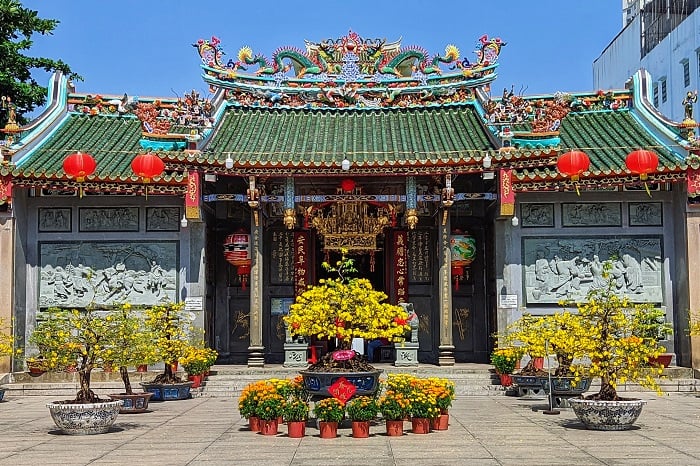
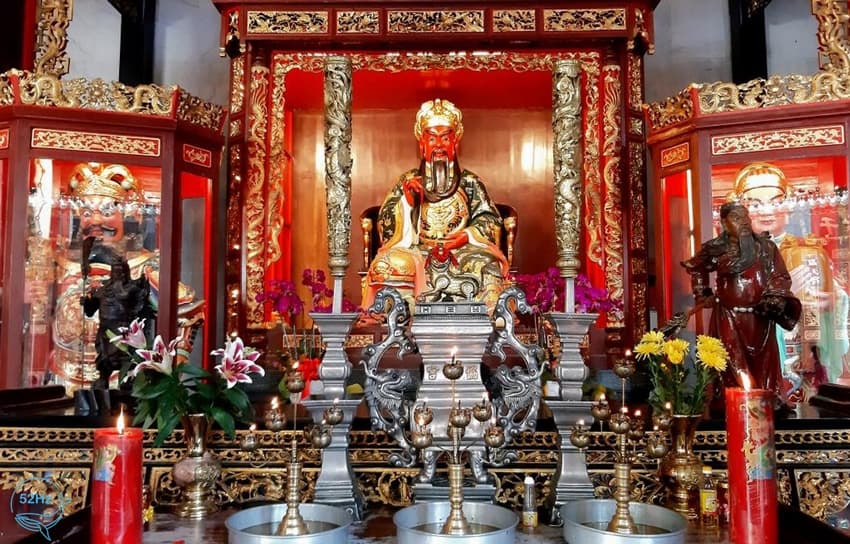
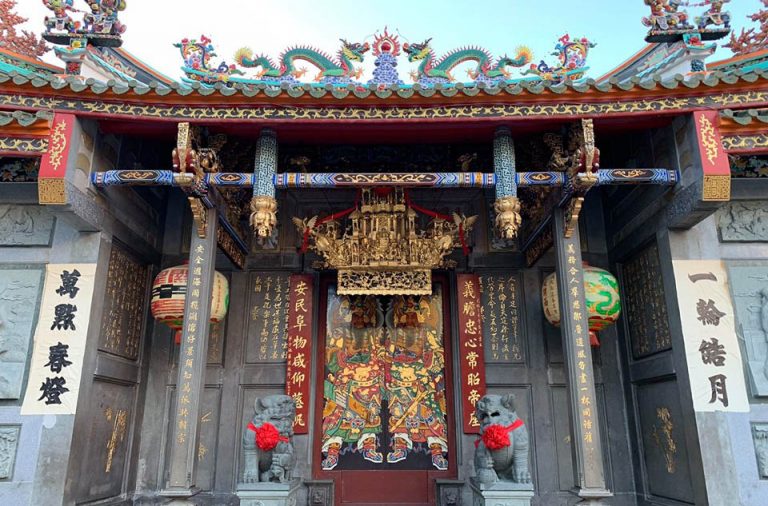


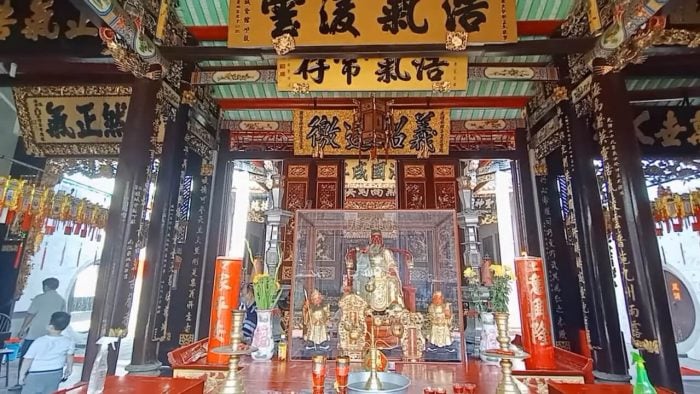
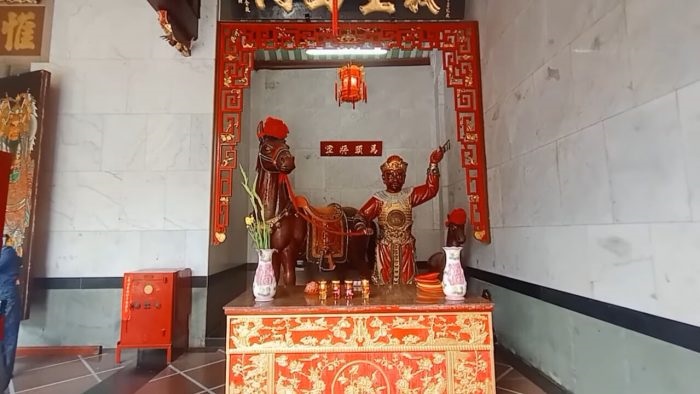
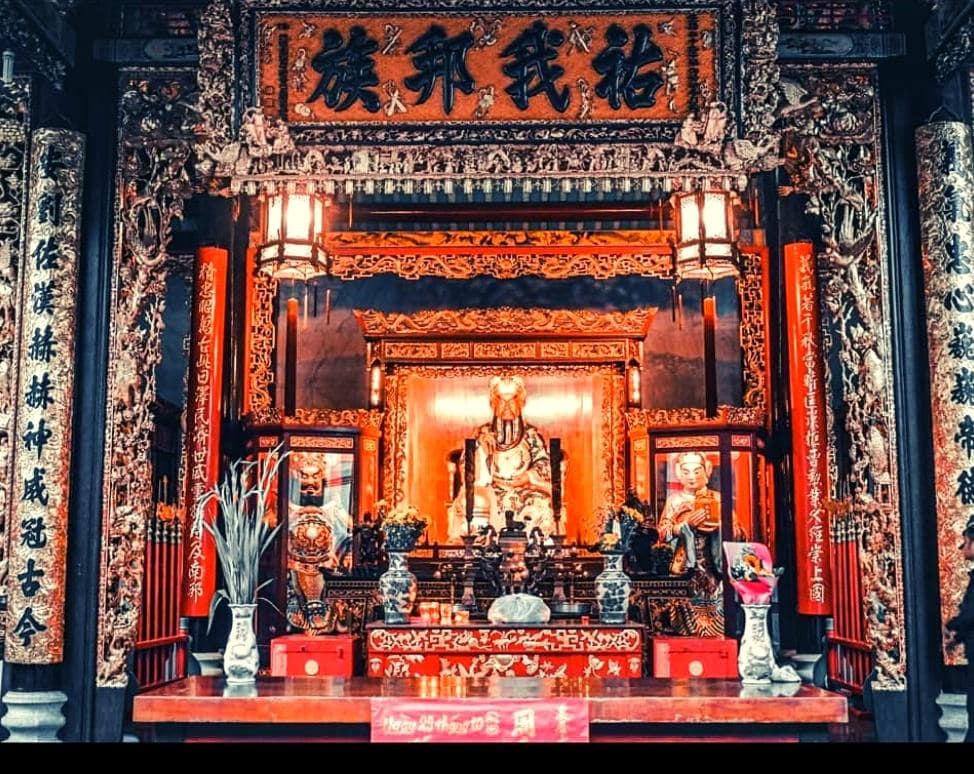
main.comment_read_more